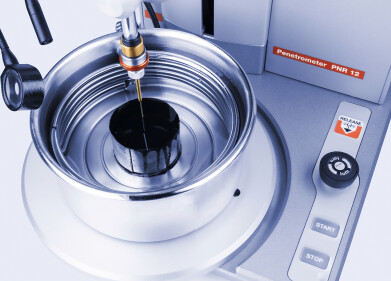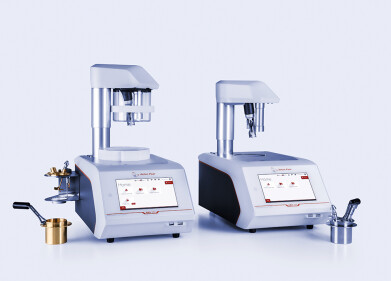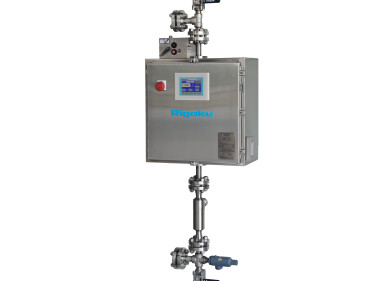Measurement and testing
How Are Gas Samples Collected?
Jun 23 2021
From monitoring air pollution to detecting dangerously high levels of ammonia, gas samples are used for variety of different applications. Below, we outline some of the most common gas sampling methods, as well as explore the chemical elements and compounds they’re used to detect.
Vacuum
Widely used in gas detector tube systems, vacuum sampling manually draws air into a tube through a pump. The handheld device is portable, easy to use and suitable for a wide range of applications.
Injection
The injection method draws air into a syringe, then injects it into a detector tube. The method is particularly useful for measuring concentrations of gases such as propane and carbon dioxide.
Sampling pump
Sampling pumps are used in both sensor and gas detector tube systems. A motor driven pump automatically draws sample air into the chamber, where it’s analysed for traces of target gases. The automated technology makes sampling pumps ideal for monitoring gas levels in schools, offices and residential dwellings.
Compressed air
Compressed air gas sampling systems rely on a pressure reducing valve equipped with flowmeter. The flowmeter is placed between the detector tube and the pressurised vessel where the air sample is contained. Applications include checking for gaseous impurities in pressurised containers and scuba tanks.
Diffusion
Diffusion is another method used by both sensor and gas detector tube systems. Sample air is diffused into a sensor or detector tube, where the target gas is measured according to the proportional spread of molecules. Practical applications include wearable gas monitors worn by personnel working in high-risk environments.
Vapour-liquid equilibrium
The vapour-liquid equilibrium method uses a pump to draw sample air into a detector tube. Once in the tube, substances vaporise and reveal how much of a target gas is present.
Reagent-adding
This gas detection method uses a reagent to transform the target substance into an easy to measure gaseous form. The newly created gas is then pumped into a detector tube where concentrations of chemical elements and compounds can be measured.
Liquid aspiration
The liquid aspiration gas detection method uses ultra-powerful suction to draw a sample up a syringe. After passing through a filter, the sample is extracted using a pipette. Levels of the target gas can then be calculated.
Want to know more about the advanced techniques and methods being used to collect and analyse gas samples? Find out more about the free webinars hosted by AGT-PSG in ‘How can I get the best samples for the latest emission monitoring and process analysis technology?
Digital Edition
PIN 25.5 Oct/Nov 2024
November 2024
Analytical Instrumentation - Picturing Viscosity – How Can a Viscometer or a Rheometer Benefit You? - Sustainable Grease Formulations: Evaluating Key Performance Parameters and Testing Method...
View all digital editions
Events
Jan 20 2025 San Diego, CA, USA
Jan 22 2025 Tokyo, Japan
Jan 25 2025 San Diego, CA, USA
SPE Hydraulic Fracturing Technology Conference and Exhibition
Feb 04 2025 The Woodlands, TX, USA
Feb 05 2025 Guangzhou, China



















